It’s the biggest folk fête in the world, with up to 7 million people visiting a tent-city within a city, built on a 42-hectare field in Munich, over a two-week period every autumn to drink up to 7 million litres of beer, go on hundreds of carnival rides and immerse themselves in Bavarian tradition. In short: you do not want to show up unprepared!
[Photo © Tourismusamt Muenchen: Thorsten Naeser]
Oktoberfest History
Oktoberfest – known by locals as the Wiesn – isn’t just an excuse to drink beer. It’s an excuse to drink to a wedding anniversary. Crown Prince Ludwig and Princess Therese of Saxony-Hildburghausen got married in Munich in October 1810, and invited the people of Bavaria to join in the celebrations. Little did they know, they were launching the biggest party in town – one that is still going strong over 200 years later. Over the years, it was extended, and brought forward to take in the so-called “old women’s” summer weather. Today, it ends on the first Sunday in October, or the subsequent Day of German Unity.
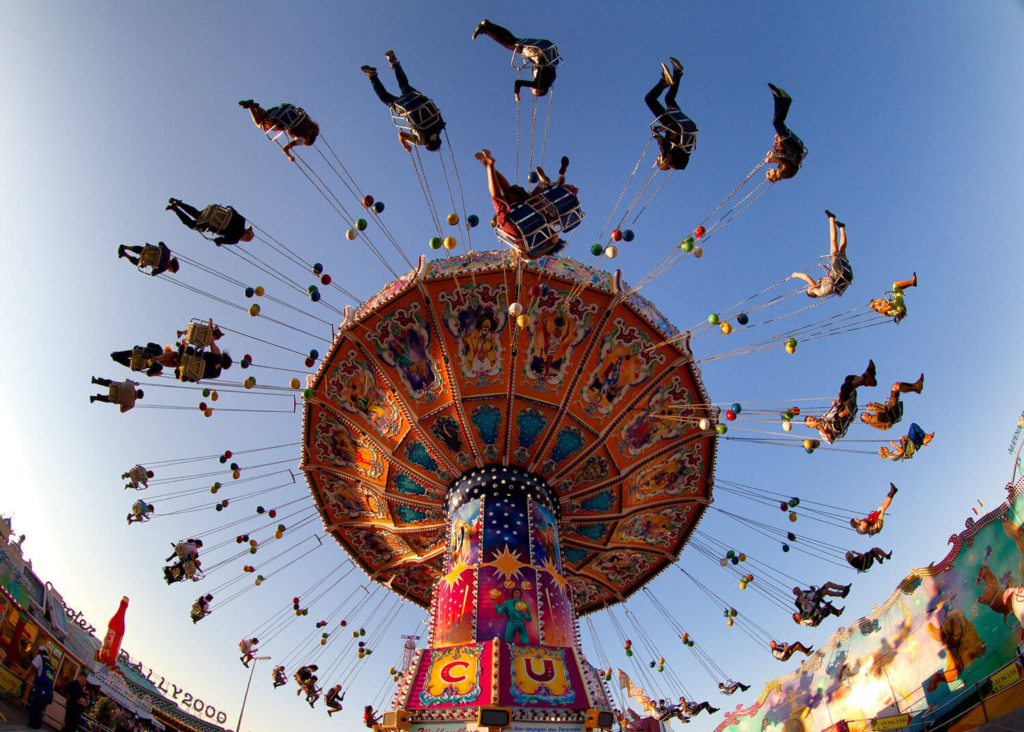
Oktoberfest Events
Yes, the drinking of beers from giant glass steins, accompanied by oompah music, is a large part of the festivities, but by no means the sole attraction. Several central events showcasing Bavarian customs are well worth attending. On the first day, at noon, the mayor of Munich taps the first keg in the Schottenhamel tent and proclaims “O’zapft is” (“it’s tapped” in the Bavarian dialect), officially launching proceedings. Getting into the tent is nigh on impossible, but those on the outside get to witness the entry of politicians, brewery representatives, beer tent hosts and their families on opulently decorated horse-drawn carriages. Other highlights include a traditional costume parade, an open-air brass band performance, and gun salutes by champion marks(wo)men.
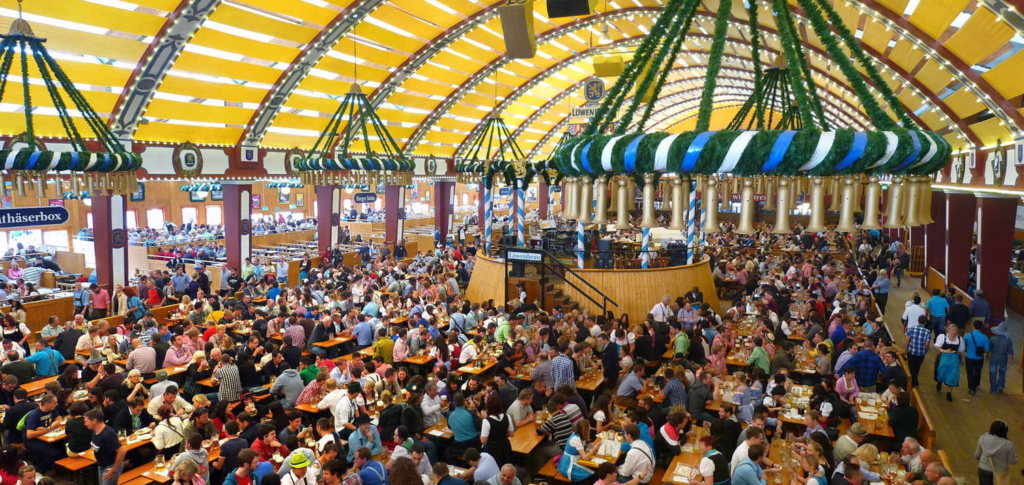
[Photo: Bayreuth2009 via Wikimedia Commons]
Oktoberfest Style
Traditional Bavarian costumes have always been in evidence, but until quite recently, they were left to musicians, wait staff and members of traditional societies. Only in the 21st century have locals from all walks of life embraced the Dirndl and Lederhosen as Wiesn-uniform of sorts. However, this is by no means a strict dress code. Before you rush out to buy a polyester beer maid costume, consider this: Tracht, as traditional Bavarian garb is called, goes back more than 100 years and is rooted in even older customs. In Munich and beyond, it’s worn for festive occasions, including weddings, birthdays and family celebrations. To reduce it to a fancy dress get-up is at least mildly insulting to many locals. If you are willing to invest in a quality outfit, it will cost you a pretty penny, but you’ll blend right in and look fantastic. Otherwise, jeans and a t-shirt are perfectly fine, too.
[Photo: Tommy Loesch/ München Tourismus]
Oktoberfest For Families, Teetotallers And Vegetarians
Oktoberfest can be enjoyed by everyone – if you know when and where to go. Families, for instance, can save on countless amusements each “family Tuesday.” In addition to the usual roller coasters, dodgem cars and amusements found at funfairs all over the world, there are local favourites like the wooden “toboggan” slide, the “devil’s wheel” and the ”crinoline” carousel.
During the week, beer tents don’t get crowded and rowdy until early evening, and on a fine day you can even sit outside in the surrounding Biergärten (beer gardens). Don’t fancy alcohol? Order an alcohol-free brew or the locals’ favourite soft drink, Spezi. Trying to avoid meaty dishes like roast chicken, roast pork and sausages? All tents offer vegetarian specialties like Käsespätzle (quasi-mac’n’cheese), mushroom dumplings or giant pretzels with Obatzda (Bavarian cheese dip). Some tents cater to vegans, but the selection is still minimal.
Article by Fiona Brutscher

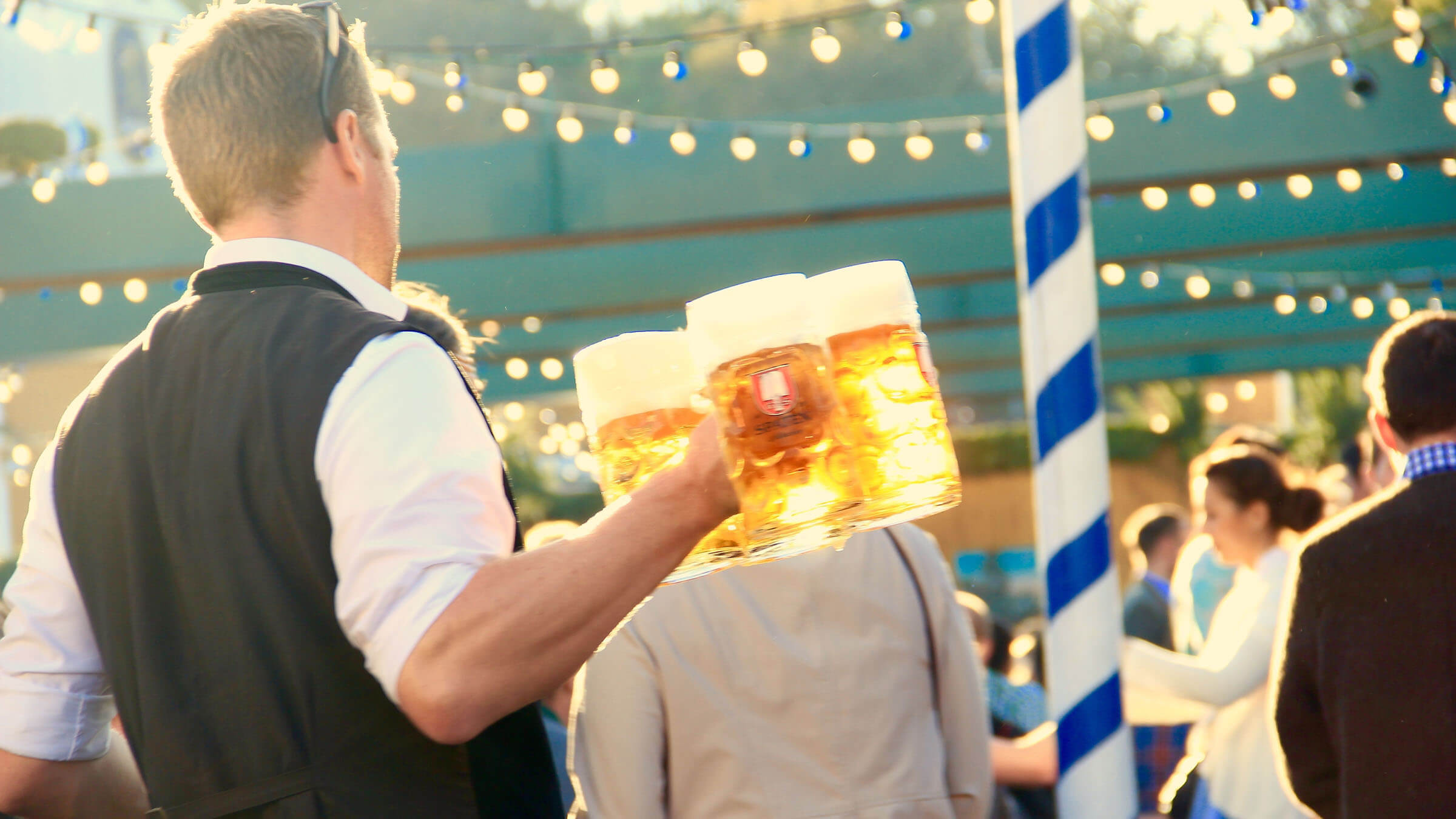
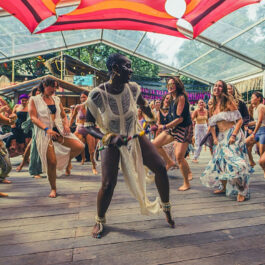
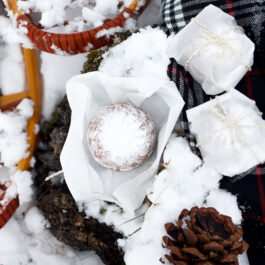

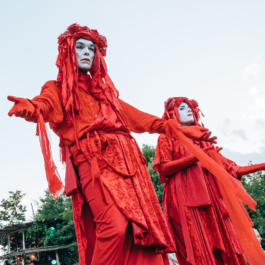
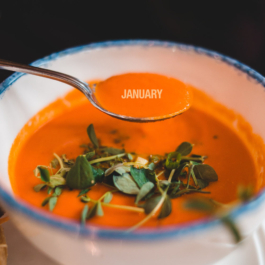
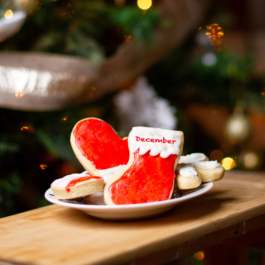
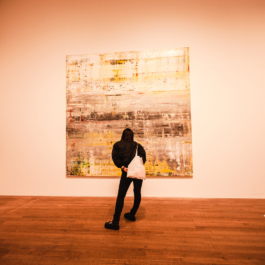
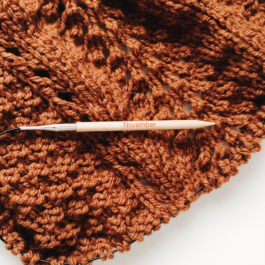
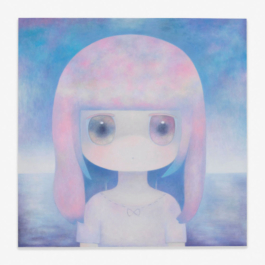
Sorry, the comment form is closed at this time.